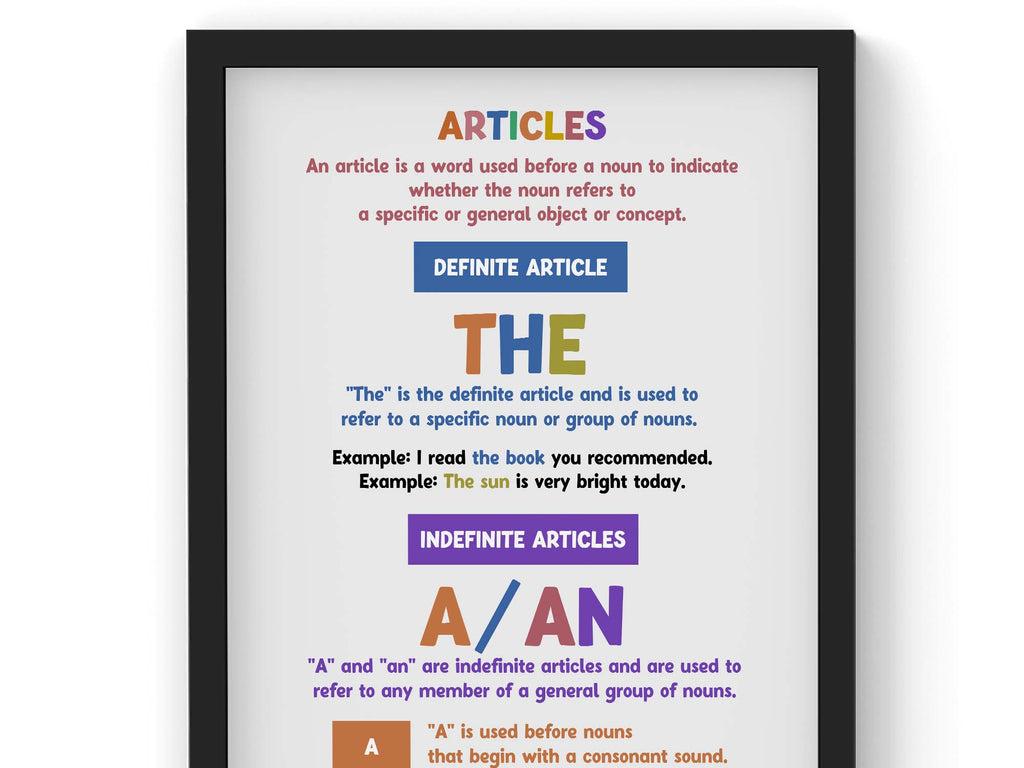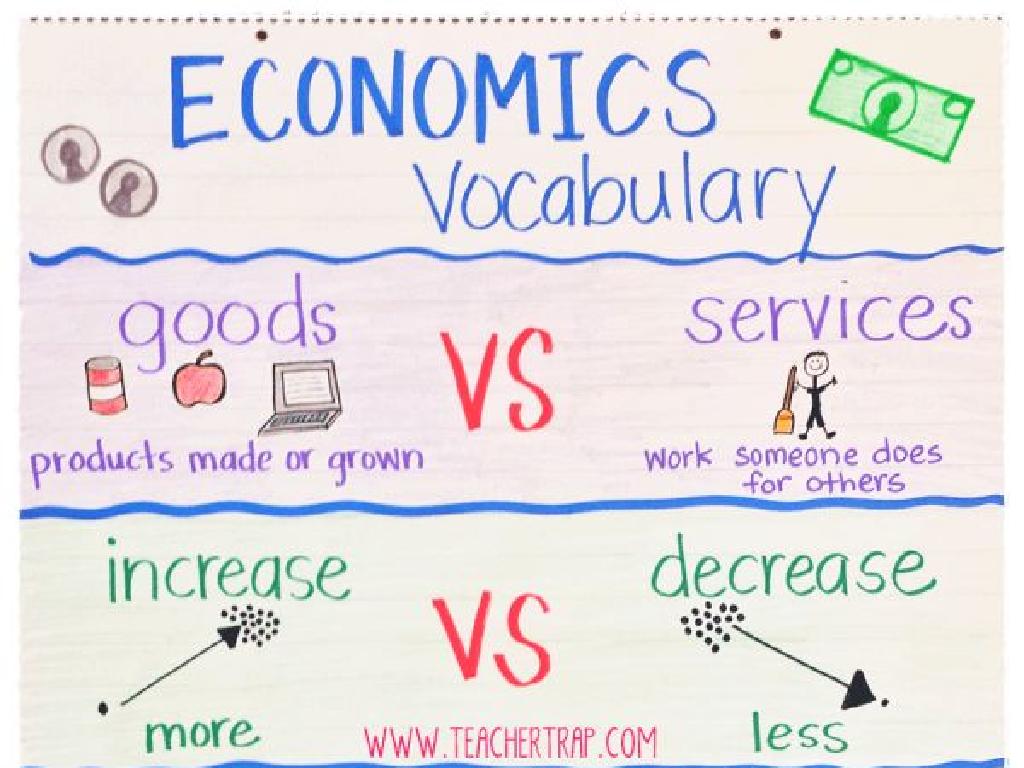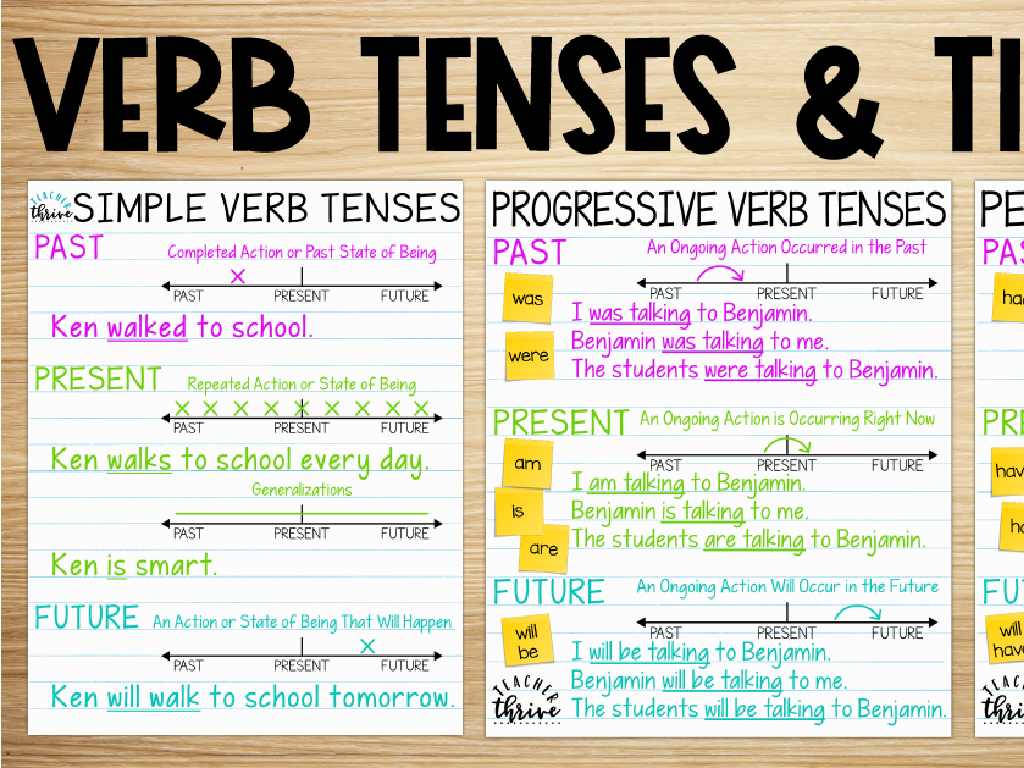Multiply Whole Numbers
Subject: Math
Grade: Sixth grade
Topic: Multiply Whole Numbers
Please LOG IN to download the presentation. Access is available to registered users only.
View More Content
Welcome to Multiplication!
– What is multiplication?
– It’s repeated addition, e.g., 4 times 3 is like adding 4 three times
– Multiplication as a key math skill
– It helps in solving complex problems quickly and efficiently
– Multiplication in daily life
– Used in budgeting, cooking, and even planning trips
– Practice problems
|
This slide introduces students to the concept of multiplication as an essential building block in mathematics. Begin by explaining multiplication as repeated addition, which will help them transition from addition skills they are already comfortable with. Emphasize the importance of multiplication in simplifying complex problems and calculations, making it a critical skill for higher-level math. Illustrate with real-life scenarios where multiplication is used, such as calculating the cost of multiple items, doubling a recipe, or planning travel times. Conclude with practice problems to reinforce the concept and demonstrate its practical applications.
Multiplication Vocabulary
– Understanding Factors
– Factors are numbers we multiply together.
– What is a Product?
– Product is the result of multiplying factors.
– Multiplicand vs Multiplier
– Multiplicand is the number being multiplied; multiplier is the number you multiply with.
– Applying Terms in Equations
|
This slide introduces students to the basic vocabulary of multiplication, which is essential for understanding and solving multiplication problems. Factors are the numbers that are multiplied together. For example, in 4 x 3 = 12, 4 and 3 are factors. The product is the answer we get after multiplication, which in this case is 12. It’s important to differentiate between the multiplicand, the number that is being multiplied, and the multiplier, the number that the multiplicand is multiplied by. Encourage students to use these terms correctly when they describe multiplication equations. Provide examples and have students identify factors, product, multiplicand, and multiplier in given multiplication problems.
Multiplication as Repeated Addition
– Multiplication: a form of addition
– It’s adding the same number over and over
– Example: 4 x 3 equals 12
– Same as adding 4 three times: 4 + 4 + 4
– Visualize with groups of items
– Imagine 3 groups of 4 apples each
– Practice with different numbers
– Try multiplying other numbers similarly
|
This slide introduces the concept of multiplication as repeated addition, which is a foundational idea for understanding how multiplication works. Start by explaining that when we multiply, we are essentially adding the same number multiple times. Use the example 4 x 3 to show that it’s the same as adding 4 three times (4 + 4 + 4). Encourage students to visualize this by thinking of physical objects, like apples, in groups. To reinforce the concept, have students practice with different numbers, both in written form and with physical objects or drawings. This will help solidify their understanding and prepare them for more complex multiplication problems.
Properties of Multiplication
– Commutative Property
– Order doesn’t matter: 3 x 4 = 4 x 3
– Associative Property
– Grouping doesn’t change the product: (2 x 3) x 4 = 2 x (3 x 4)
– Distributive Property
– Multiply across addition: 5 x (2 + 3) = (5 x 2) + (5 x 3)
|
This slide introduces the fundamental properties of multiplication that help simplify calculations and understand algebraic expressions. The commutative property indicates that the order of numbers does not affect the product. The associative property shows that how numbers are grouped in multiplication does not change the result. The distributive property allows us to multiply a number by a group of numbers added together by distributing the multiplication to each addend. These properties are essential tools for solving multiplication problems and will be used throughout higher-level math. Encourage students to apply these properties in practice problems to see how they make calculations easier and more efficient.
Multiplying Whole Numbers
– Setting up multiplication
– Align numbers by place value
– Understanding carrying over
– Carry over when product exceeds 9
– Step-by-step multiplication
– Multiply each digit, then add results
– Practice with examples
|
This slide introduces the process of multiplying whole numbers. Start by explaining how to properly set up a multiplication problem, emphasizing the importance of aligning the numbers by their place values. Next, discuss the concept of carrying over when a product of two digits is greater than nine, and how to add this carry-over to the next multiplication step. Walk through the multiplication process step by step, multiplying each digit in turn and combining the results to get the final answer. Provide several examples for the students to work through, ensuring they understand each part of the process. Encourage students to practice with different numbers to gain confidence.
Multiplication Practice: Let’s Solve Together!
– Solve multiplication problems as a class
– We’ll tackle a few examples together on the board
– Encourage independent problem-solving
– Take a moment to try some problems on your own
– Share and discuss different methods
– Compare solutions and explore various strategies used
– Reflect on the learning process
– Discuss what we’ve learned and how we can improve
|
This slide is focused on engaging students in active practice of multiplying whole numbers. Start by solving a few problems together, demonstrating the process on the board and involving students in each step. Then, give students time to work independently on similar problems, fostering their confidence. Afterward, create a collaborative environment where students can share their solutions and the methods they used, allowing them to learn from each other. Conclude with a reflection on the strategies that were effective and how students can apply this knowledge to future math problems. Provide guidance and support throughout, and prepare a variety of problems to cater to different skill levels.
Multiplying Whole Numbers in Word Problems
– Apply multiplication in real-world scenarios
– Use multiplication to find solutions, like calculating total cost or combining groups.
– Read the problem with attention
– Understand the story to figure out what math to use.
– Find the numbers to multiply
– Look for clues to identify the quantities that need to be multiplied.
– Solve step by step
– Break down the problem and multiply the numbers to find the answer.
|
This slide aims to teach students how to approach word problems that require multiplication. Emphasize the importance of understanding the context of the problem before jumping into calculations. Students should be encouraged to identify key words and numbers that indicate multiplication is needed. It’s also crucial to guide them through the process of solving the problem step by step, ensuring they understand each part of the problem before attempting to find the solution. Provide examples such as calculating the area of a rectangle given the length and width, or finding the total number of items in equal groups. Encourage students to practice with a variety of problems to build confidence.
Class Activity: Multiplication Bingo
– Receive your unique Bingo card
– Listen for the multiplication facts
– Solve and mark the correct products
– Use your multiplication skills to find the product
– Aim for five in a row to win!
|
This interactive class activity is designed to reinforce the students’ ability to multiply whole numbers quickly and accurately. Each student will receive a Bingo card filled with various products. As the teacher calls out different multiplication facts, students must calculate the answers and mark the corresponding product on their Bingo cards. The first student to align five correct products horizontally, vertically, or diagonally wins the game. Prepare several rounds to ensure all students have the opportunity to participate and win. Possible variations of the activity could include using different multiplication tables, timed rounds, or team play to encourage collaboration.
Homework and Lesson Recap
– Practice multiplication for homework
– Solve assigned problems to reinforce learning
– Review key points from today
– Summarize the multiplication methods learned
– Ask questions if unsure
– It’s okay to be confused, just be curious and ask!
– Clarify any doubts before leaving
– Make sure you understand today’s lesson fully
|
As we wrap up today’s lesson on multiplying whole numbers, assign a set of problems for homework to help students practice and solidify their understanding. Recap the main topics covered today, including any strategies or tips that were discussed. Encourage students to ask questions about any part of the lesson they may not have fully grasped and offer clarification on any points of confusion. Remind them that it’s important to leave the class with a clear understanding of the material. Provide guidance on how to approach the homework effectively and remind them of available resources if they need extra help.





